

TEXAS
May 2004

4 of 4


TEXAS
May 2004


4 of 4
The next day we break camp, say our goodbyes to Joe and Jay, and head to South Texas for a different kind of
herping. Danny and I hope to find someplace that isn’t private property, where we can hike on foot during the day,
but realize that most of our hunting will be road cruising at night.
We drive east and the desert gradually gives way to green and splashy colors, every ungrazed field an explosion
of wildflowers.
We know what roads we’ll be riding that evening, but have no idea where we can herp by day. Mile after mile
of fencing keeps us hemmed in, confined to highways between enormous ranches that stretch to the horizon, and
every gate makes it clear we should not enter.
It’s beginning to look as if all our remaining herping will be done from the car, but finally we find public land
where we can get out and walk around, surrounded by a green sea of Tamaulipan Thornscrub. By the entrance is a
sign warning visitors to watch out for Rattlesnakes. Figure we’re in the right place.
Make our way to a small office, hoping to get a map and ask if anyone knows of good spots to find herps. “Oh,
you just missed him,” says the receptionist. “There’s a guy here who knows all about snakes, but he just left a minute
ago. Don’t know when he’s coming back.” Damn. Can’t believe our luck.
But then an SUV pulls into the parking lot, and a bearded guy in a leather hat walks through the door. “Forgot
something,” he says. “Oh,” replies the receptionist, “these gentlemen were just asking about snakes.” The man turns
his attention to us and we fall into herp chat. Well, it seems he’s not simply some “guy who knows about snakes.”
Turns out that Tom is a professor of herpetology who’s just arrived to begin his field work for the summer. His
research involves surveying herp populations at this site, and he graciously invites us to tag along for the day. Damn!
Can’t believe our luck!
We hop in Tom’s truck and are soon off-road, following tire tracks through the tall, thick grass while caracaras
keep watch from sentinel snags.
Eventually the overgrown path opens up
―
occasionally crossed by jay-walking javelinas
―
so we start looking
for tortoises and horned lizards basking on the brown dirt road.
Pretty soon we spot our first tortoise, a juvenile out for a morning stroll. Tom records the time, temp, and
location, then gently places the animal in the truck. A little more cruising, a few more critters, then it’s back to the lab.
After processing, all the herps are released exactly where they were found.
After lunch it’s time to track some Diamondbacks. This time we’re on foot, weaving our way through thickets of
thornscrub. Tom’s in the lead, turning his antenna to follow the signals of snakes implanted with radio transmitters.
It’s impossible to see our feet. The grass is so high and the vegetation so nasty, I can’t imagine being able to spot
anything. It would be so easy to step within striking range of a Rattlesnake and never know it (glad I’m wearing
snakeproof chaps). And, indeed, the snakes are here.
The radio signal gets stronger and Tom warns us to keep our eyes open: there’s a big Diamondback somewhere
within a few feet of us. We scan the ground, then Tom points past a bush to something nestled in the grass and says,
“There.”
More tracking, and two more Rattlesnakes.
We move along and come upon something unexpected, a find of the feathered kind: an immature owl in a
nesting box.
Find a few more herps that night, which we photo and release the next day.
After photos we say good-by to our serendipitous host. Thanks again, Tom, for rescuing our day and sharing
your expertise. Even more than what we saw, I’m grateful for what we learned (not to mention those crazy stories!).
That evening we cruise some dirt roads in prime Rattlesnake habitat, but they are oddly unproductive. Finally
decide to call it a night, so we drive to a nearby town for a motel, and right there on one of the city streets is a DOR
Diamondback.
Now, normally I don’t take photos of roadkill (much less post them), but this monster is so huge I have to snap a
picture. The biggest (and most disturbing) surprise comes the next morning, when I discover in the daylight that the
snake had been heading into the athletic fields of the local high school. Geez . . .
Rest up during the day and back on the roads that evening. We see lots of DOR rattlers and a few other species,
but unfortunately, only a few live snakes, starting with this feisty little Diamondback.
But even though our numbers aren’t great, one snake makes up for it.
As the sun is going down I see something large and black crossing the road way up ahead. I immediately
suspect what it is, hoping that I’m right, for this is one species I didn’t expect to see at all. I speed up and tell Danny to
get ready to jump as soon as I slam on the brakes.
Now Danny’s all excited, too, because as we close in he can see what it is. I come to a stop, anticipating the snake
will race off the road, but we make it in time. Out of the car, we give a shout, thrilled to find our second Indigo ever!
Earlier that year we had seen our first eastern in the wild (see SOUTHEAST 2004), and now, just two months later,
we’re admiring it’s western cousin.
Not a bad way to end my first trip to Texas.
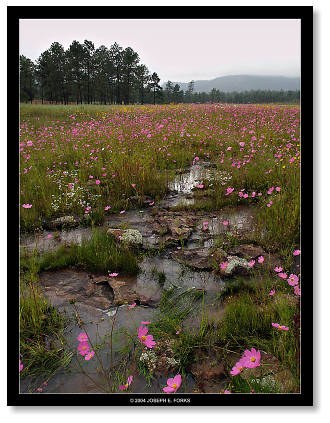
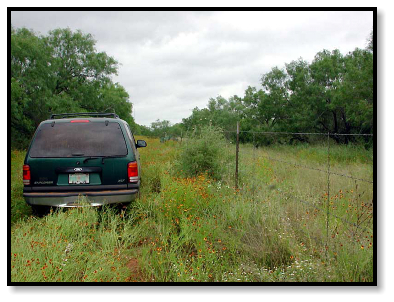
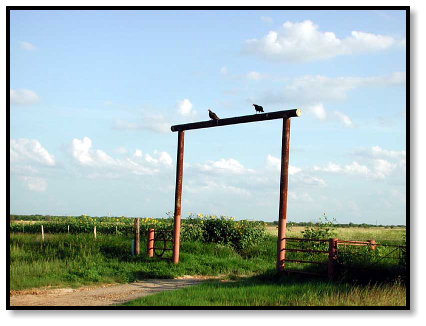
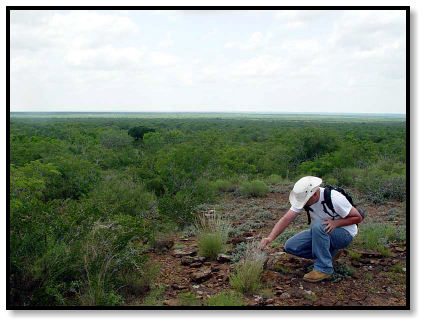

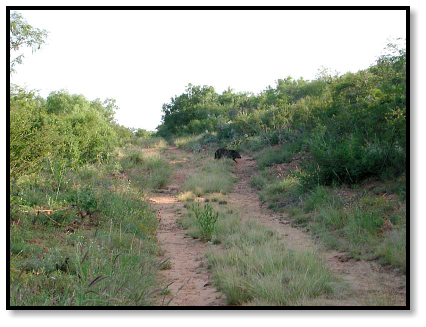
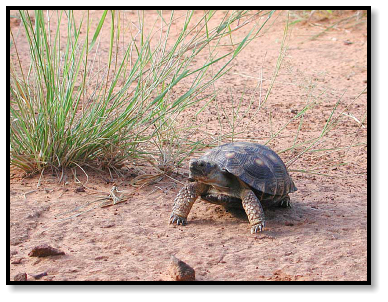

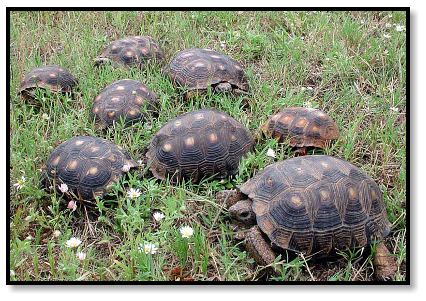
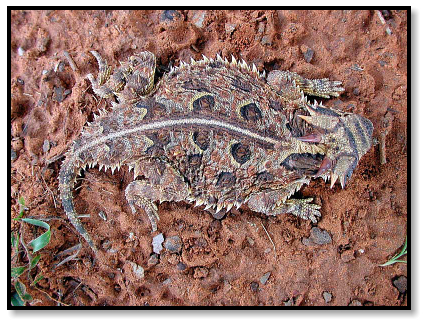
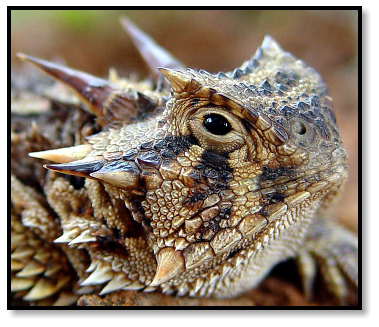
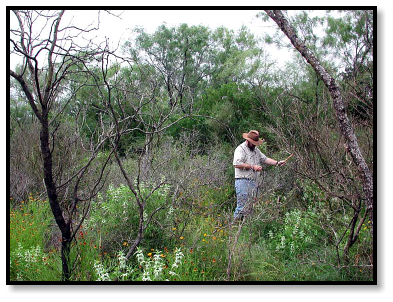

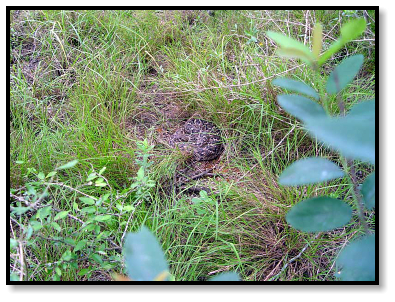
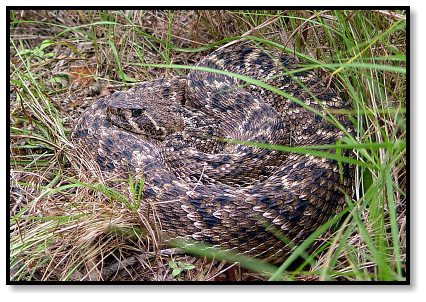
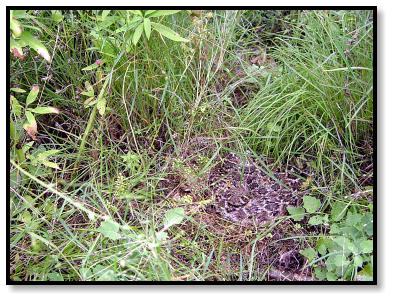

Texas Tortoise
Gopherus berlandier
Western Diamondback Rattlesnake
Crotalus atrox







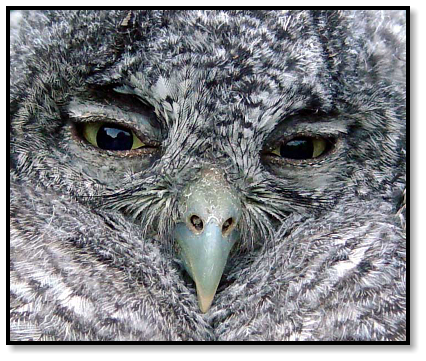
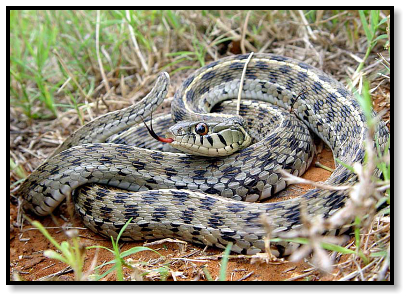
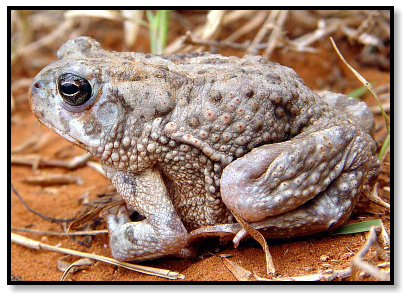
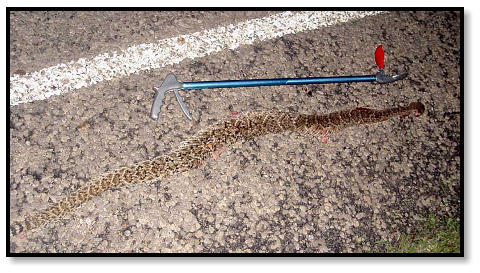
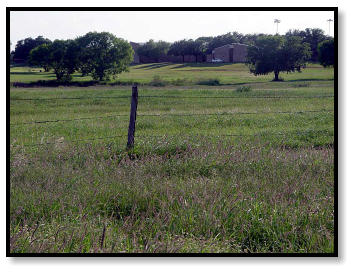
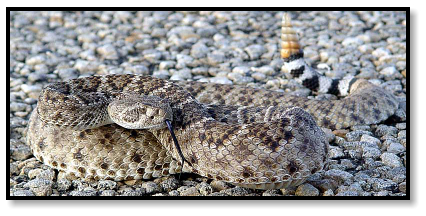
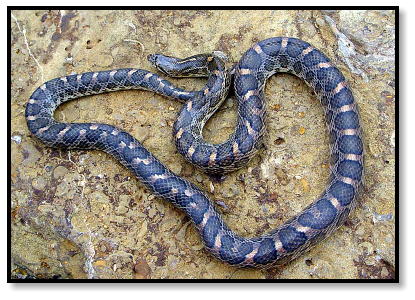
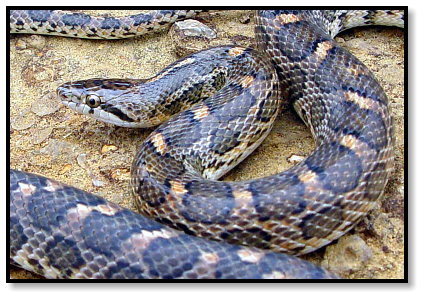
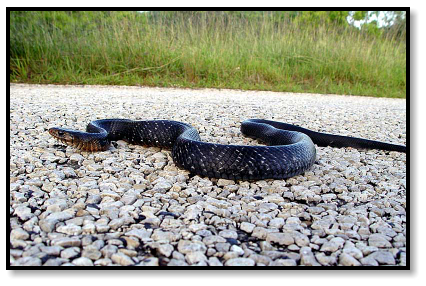
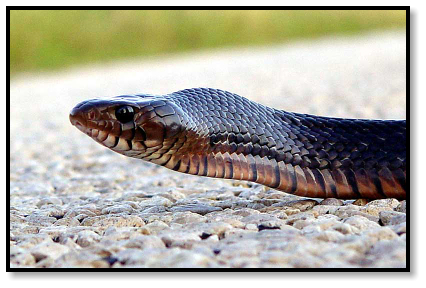
Checkered Garter Snake
Thamnophis marcianus
Texas Toad
Bufo speciosus
Texas Glossy Snake
Arizona elegans arenicola
DOR Western Diamondback Rattlesnake
over 6’ (tongs are 42”)
Photo taken next to the snake,
looking into the school yard.
Texas Indigo Snake
Drymarchon corais erebennus








